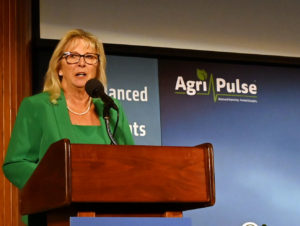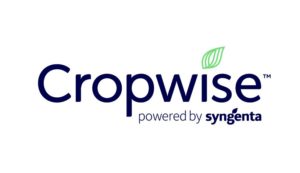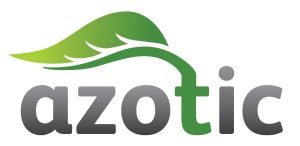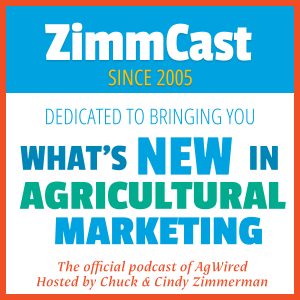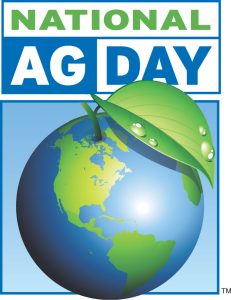 Environmental Protection Agency (EPA) Administrator Lee Zeldin promised Wednesday that the definition of “Waters of the United States” will be revised “once and for all.”
Environmental Protection Agency (EPA) Administrator Lee Zeldin promised Wednesday that the definition of “Waters of the United States” will be revised “once and for all.”
“The previous Administration’s definition of ‘waters of the United States’ placed unfair burdens on the American people and drove up the cost of doing business,” said Zeldin during a press event Wednesday morning. “Given the U.S. Supreme Court’s watershed decision in Sackett v. Environmental Protection Agency, it is time for EPA to finally address this issue once and for all in a way that provides American farmers, landowners, businesses, and states with clear and simplified direction.”
EPA will work with the U.S. Army Corps of Engineers to ensure that a revised definition follows the law, reduces red-tape, cuts overall permitting costs, and lowers the cost of doing business in communities across the country while protecting the nation’s navigable waters from pollution. “It needs to be simple, it needs to be durable, totally consistent with Sackett, and built to withstand the test of time,” said Zeldin.
EPA will start its review by obtaining input from stakeholders, seeking targeted information on the key challenges that Americans are facing. The agency will also undertake a rulemaking process to revise the 2023 definition of WOTUS while at the same time provide guidance to those states implementing the pre-2015 definition to ensure consistency with the law of the land.
Zeldin was joined for the announcement by Senate Agriculture Chairman John Boozman (R-AR), Senators Kevin Cramer (R-ND), Joni Ernst (R-IA), and Katie Britt (R-AL), Representatives Doug LaMalfa (R-CA-01) and Derrick Van Orden (R-WI-03), and American Farm Bureau President Zippy Duvall.
Listen to that press event below:
EPA to revise WOTUS definition 40:47

